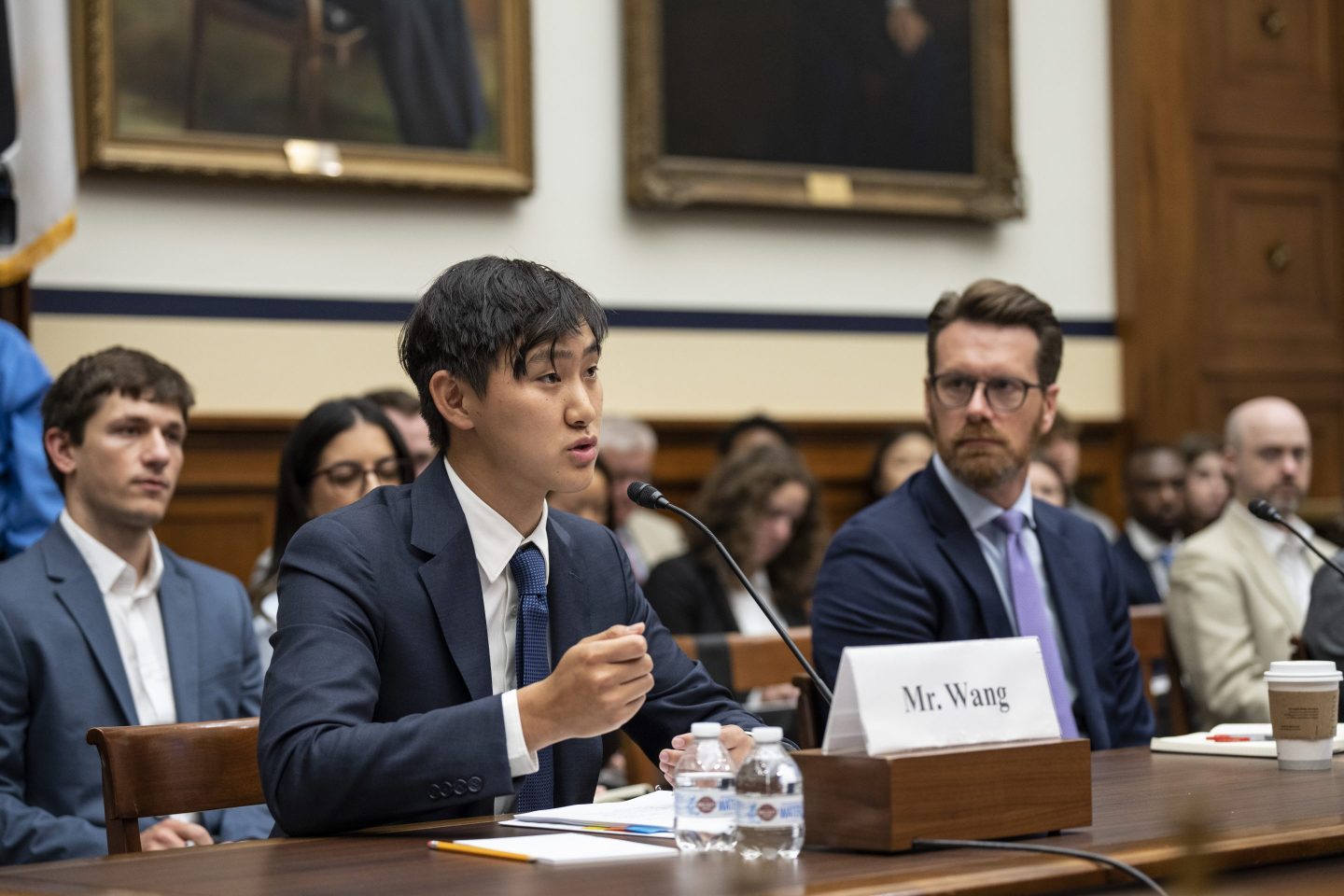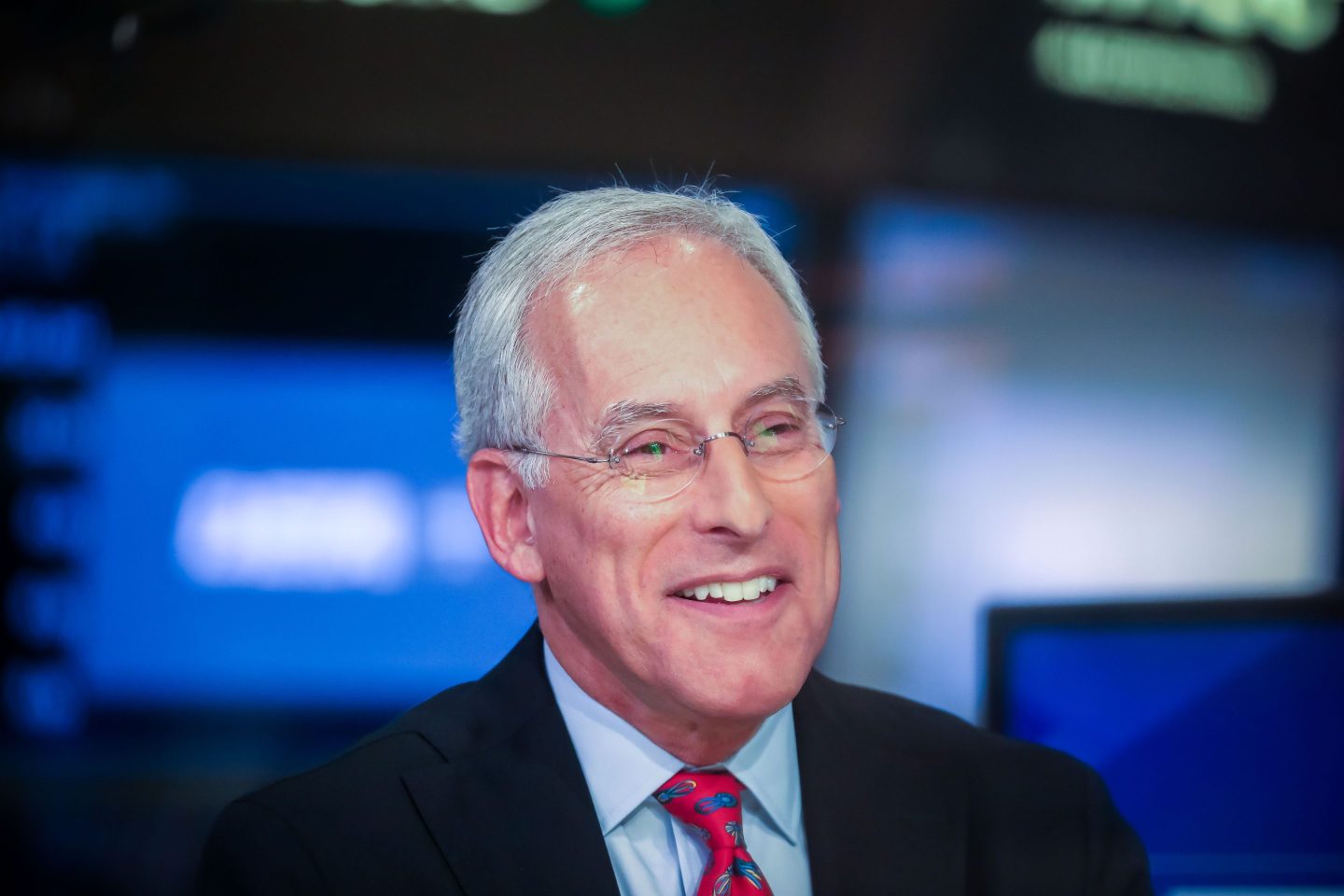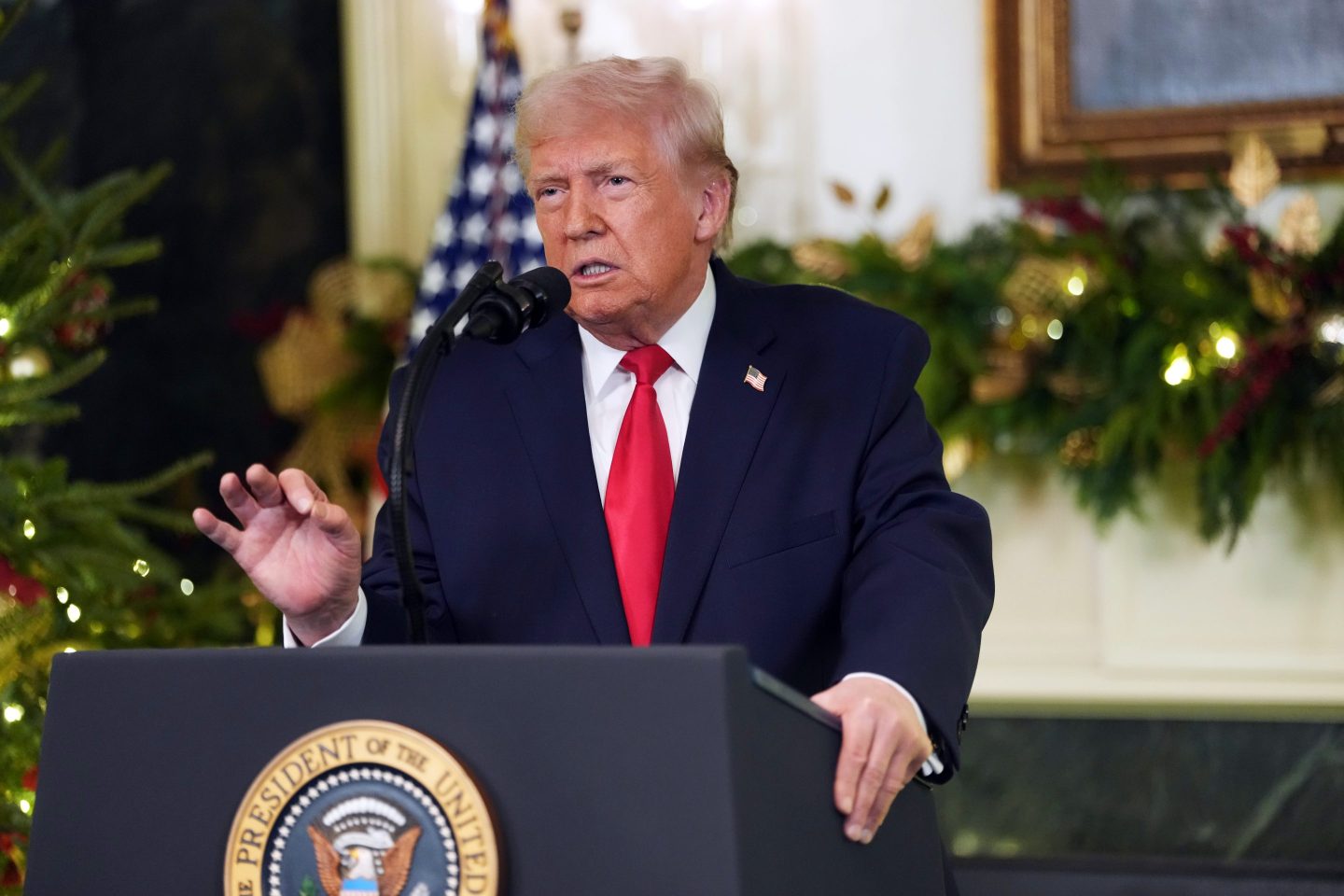
FORTUNE — It’s hard not to feel a little bit bad for Steve Ballmer today. Not because he’s finally giving up the reins at Microsoft, where his 13-year tenure as CEO has been a string of disappointments for investors, but because there’s finally a figure — arbitrary as it may be — to measure that disappointment. Ballmer, as it turns out, has been a $16 billion drag on Microsoft.
Shortly after Microsoft (MSFT) announced his retirement Friday morning, shares surged by nearly $3, before settling at about $2 higher than the previous close of $32.39, a roughly 6% gain — on a day when the S&P 500 (SPX) index is barely up. With 8.3 billion shares outstanding, that represents a surge of more than $16 billion for investors. (Mind you, the consolation prize for a bruised ego is nothing to sneeze at: Ballmer, with some 333 million Microsoft shares to his name, will net about $666 million for the day.)
None of this comes as a surprise. Investors have been unhappy with Ballmer for years and have agitated for his removal with growing frequency. Two things stood in the way. Bill Gates, the Microsoft co-founder, chairman, and largest shareholder, stood by him. And there was no obvious successor.
MORE: What BlackBerry offers Google, Apple and Microsoft
Ballmer’s departure, which will become effective in the next 12 months, was voluntary, according to Microsoft. “There is never a perfect time for this type of transition, but now is the right time,” Ballmer said in a press release. The software giant, he said, is attempting to transform itself into a “devices and services” company, and he had hoped to retire when Microsoft would be further along in that transformation. But, he said: “We need a CEO who will be here longer term for this new direction.”
Gates, who is part of the four-member committee that will search for a replacement, said: “We’re fortunate to have Steve in his role until the new CEO assumes these duties.”
But while Gates and Microsoft’s board have had ample time to think about a post-Ballmer world, there is still no obvious successor. Earlier this year, Ballmer engineered a major reorganization designed in part to end the company’s warring fiefdoms, or as Ballmer himself put it, “to move from multiple Microsofts to one Microsoft.” The reorg left a handful of potential internal candidates — among them, Julie Larson-Green, a Windows veteran who heads devices and studio, Tony Bates, the former Skype head who is in charge of business development, and Satya Nadella, who heads cloud and enterprise — who may have to duke it out among themselves for a shot at the top job.
MORE: Why tech’s blue chips are so blue
On the outside, it’s not clear who has the chops to take on the challenge. As Meg Whitman’s ongoing struggles at HP (HPQ) show, righting the course of an industry giant that largely missed the tectonic shift to mobile computing will not be easy. Microsoft has been trying to play catch-up to the likes of Apple (AAPL) and Google (GOOG) for some time, but it has little to show for it. Just last month, the company took a $900 million charge on its Surface RT, a device designed to compete with the iPad that failed to deliver.
Is it too late for Microsoft? Fortune asked that question more than two years ago in a story that detailed the disappointments of the Ballmer era. While Microsoft remains strong in enterprise sales and has a hit consumer product in the Xbox, the list of disappointments has only grown longer, and the question is more poignant than ever.











